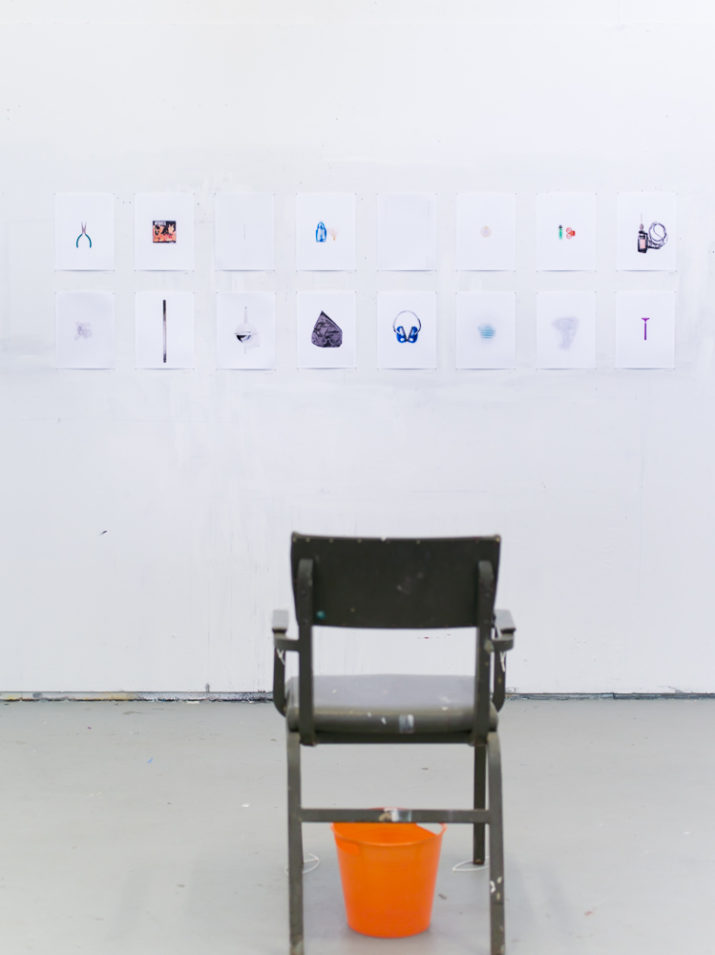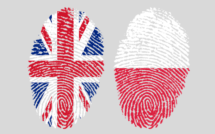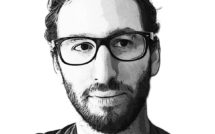
Among the many challenges that Europe faces in the wake of the recent refugee crisis is the integration of millions of immigrants, as well as the rise of xenophobia and nationalism simultaneously. The photographic work Broken, highlights an aspect of the crisis that is not necessarily obvious to those who are in support of the refugees or for those who want to refuse them entry to their country.
According to recent studies by the Federal Chamber of Psychotherapists in Germany[1], approximately 43 percent of the refugees who made their way to Europe have endured acts of torture in their homelands or during their flight. The refugees from Syria and Afghanistan constitute the largest group among them[2]. The impact of these horrific experiences causes mental trauma, which will linger in their consciousness for most of their lives, and thus will affect on some level everyone who interacts with them. This includes their immediate families and friends as well as the new society and culture in which there are trying to start a new life[3].
Broken displays a series of everyday objects, each one representing a different method or tool of torture that has been documented by Amnesty International[4] and the Office of the United Nations High Commissioner for Human Rights (OHCHR)[5] as being used in Syria or Afghanistan. It is most likely that refugees from these countries will suffer from traumatic experience caused by the depicted torture methods. Detached from any visual contextualization and reduced to the very appearance of these common, inconspicuous objects, the photo boards appeal to the imagination of the viewer, to place the depicted objects into the context of torture. Thereby aiming to create an understanding, and consequently awareness, which will lead ultimately to a different, or new level of reflection and empathy.
An extended version of the Broken series includes additional photos of torture methods documented by Amnesty International in other countries. However, the present selection puts a strong focus on a very real issue that the majority of Europeans did not have to deal with in generations.
 Hood, 2016, Digital archival print. 20×27 inches
Hood, 2016, Digital archival print. 20×27 inches
 Respirator, 2016, Digital archival print. 20×27 inches.
Respirator, 2016, Digital archival print. 20×27 inches.

Earmuffs, 2016, Digital archival print. 20×27 inches
 Plastic Bag, 2016, Digital archival print. 20×27 inches
Plastic Bag, 2016, Digital archival print. 20×27 inches

Condom, 2016, Digital archival print. 20×27 inches

Ice, 2016, Digital archival print. 20×27 inches
 Drill, 2016, Digital archival print. 20×27 inches
Drill, 2016, Digital archival print. 20×27 inches 
Pliers, 2016, Digital archival print. 20×27 inches
 Needle, 2016, Digital archival print. 20×27 inches
Needle, 2016, Digital archival print. 20×27 inches

Metal Pipe, 2016, Digital archival print. 20×27 inches

Lighter, Plastic Caps, 2016, Digital archival print. 20×27 inches

Broken, 2016, Digital archive prints, metal chair, plastic bucket, cable ties
.
Mark Römisch is a German photographer, performing artist, and lecturer. He received his M.A. in German Literature and Communication Science at the Ludwig Maximilian University of Munich with a thesis focused on the visual vocabulary of the war coverage during the second Iraq war. He is a member of the American Society of Media Photographers (ASMP), and his works have been featured in numerous solo and group exhibitions nationally and internationally. He has been invited two consecutive times to the Vermont Studio Artist residency, both times receiving a VSC Merit Award.
Broken was shown in his solo exhibition Lessons in Darkness (May 5 – June 15), and was a part of the citywide Night of Galleries (May 5) in Bonn, Germany.
References:
[1] Federal Chamber of Psychotherapists (BPtK), Mindestens die Hälfte der Flüchtlinge ist psychisch krank, http://www.bptk.de/aktuell/einzelseite/artikel/mindestens-d.html (September 9, 2015)
[2] http://ec.europa.eu/eurostat/statistics-explained/index.php/Asylum_quarterly_report#Where_do_they_come_from.3F (March, 15, 2017)
[3] Amnesty International, Zu wenig Therapieplätze für traumatisierte Flüchtinge, https://www.amnesty.de/2015/6/23/zu-wenig-therapieplaetze-fuer-traumatisierte-fluechtlinge (June 23, 2015)
[4] Amnesty International, End the horror in Syria’s torture prisons, https://www.amnesty.org/en/latest/campaigns/2016/08/syria-torture-prisons/ August 2016)
[5] Office of the United Nations High Commissioner for Human Rights (OHCHR), Afghanistan: UN report on torture in detention shows some progress, calls for more effective measures http://www.ohchr.org/EN/NewsEvents/Pages/DisplayNews.aspx?NewsID=15609&LangID=E (February 25, 2015)




